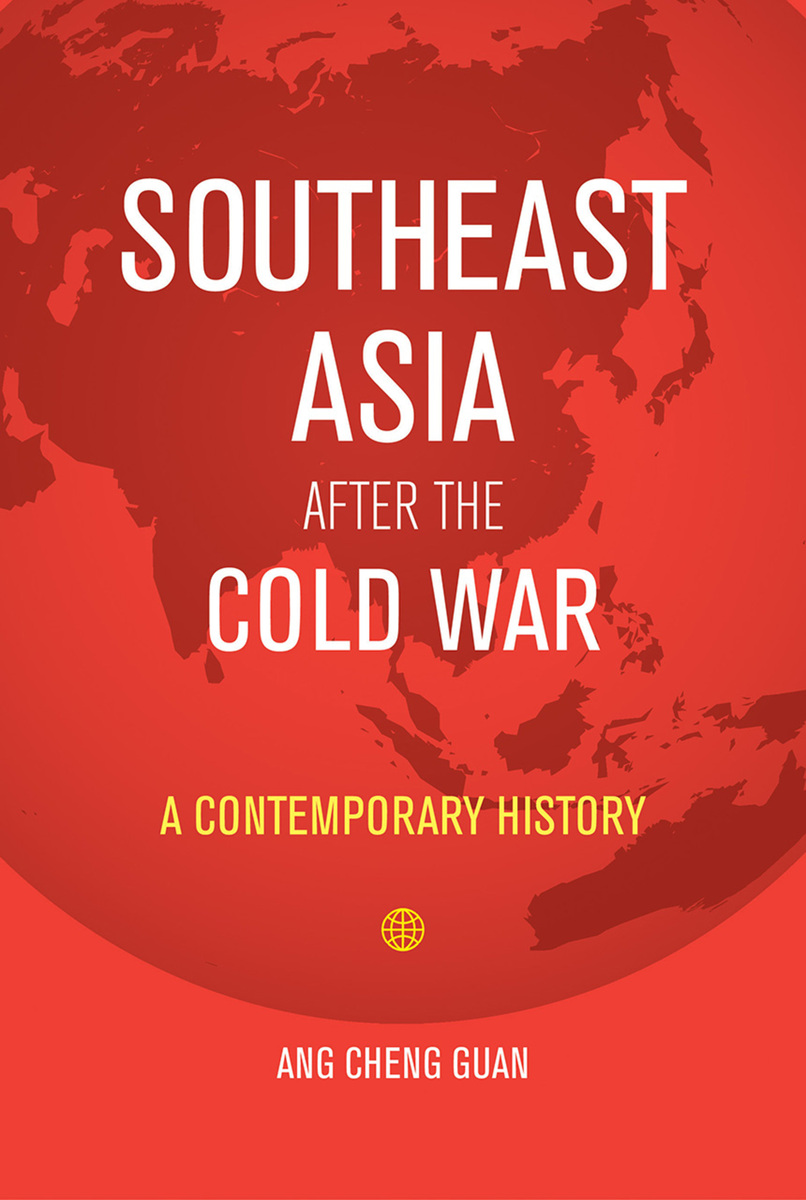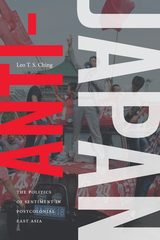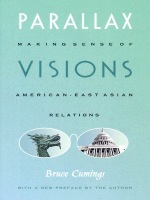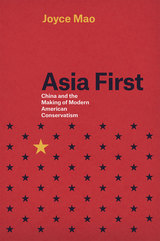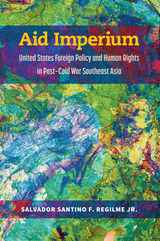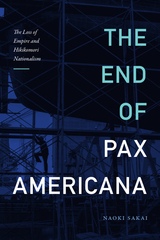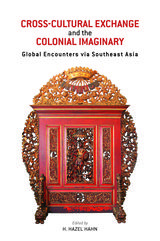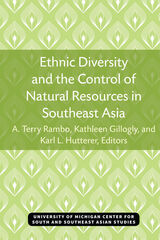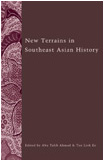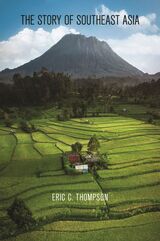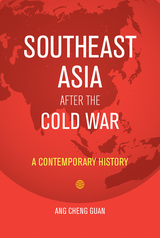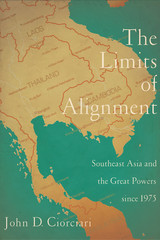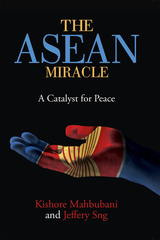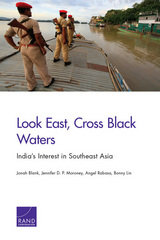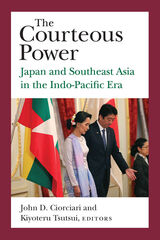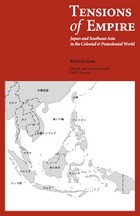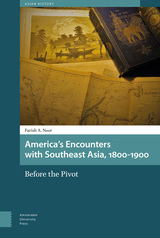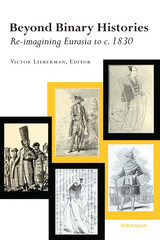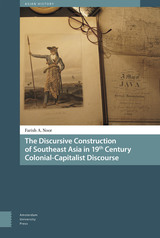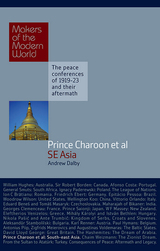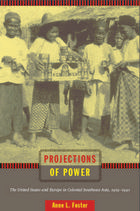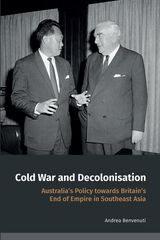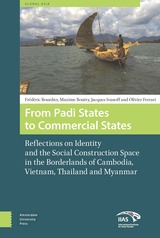Southeast Asia After the Cold War: A Contemporary History
National University of Singapore Press, 2019
Paper: 978-981-325-078-9 | eISBN: 978-981-325-181-6 (ePub) | eISBN: 978-981-325-102-1 (PDF)
Library of Congress Classification DS525.8.A54 2019
See other books on: Cold War | Contemporary History | Foreign relations | International Relations | Southeast Asia
See other titles from National University of Singapore Press
Paper: 978-981-325-078-9 | eISBN: 978-981-325-181-6 (ePub) | eISBN: 978-981-325-102-1 (PDF)
Library of Congress Classification DS525.8.A54 2019
ABOUT THIS BOOK | AUTHOR BIOGRAPHY | REVIEWS
ABOUT THIS BOOK
International relations in Southeast Asia after 1990 can be understood in terms of a United States dominated security order, and the regional structure created by the Association of Southeast Asian Nations (ASEAN). But as the Cold War recedes further into the past, that order is increasingly under siege, with a new global strategic rebalancing underway. The region is forced to contemplate new risks and the emergence of new rivalries and conflicts.
With Southeast Asia After the Cold War, Ang Cheng Guan offers a complete, analytically informed contemporary history that covers the whole region, tracing developments since 1990 and highlighting change, continuity, and the larger context in which decisions have been made. Crucial as a tool for making sense of the dynamics of the region, this account of Southeast Asia’s international relations will also be of immediate relevance to those in the United States and elsewhere who engage with the region, with its young, dynamic population, and its strategic position at between the Indian Ocean and the Pacific.
With Southeast Asia After the Cold War, Ang Cheng Guan offers a complete, analytically informed contemporary history that covers the whole region, tracing developments since 1990 and highlighting change, continuity, and the larger context in which decisions have been made. Crucial as a tool for making sense of the dynamics of the region, this account of Southeast Asia’s international relations will also be of immediate relevance to those in the United States and elsewhere who engage with the region, with its young, dynamic population, and its strategic position at between the Indian Ocean and the Pacific.
See other books on: Cold War | Contemporary History | Foreign relations | International Relations | Southeast Asia
See other titles from National University of Singapore Press
